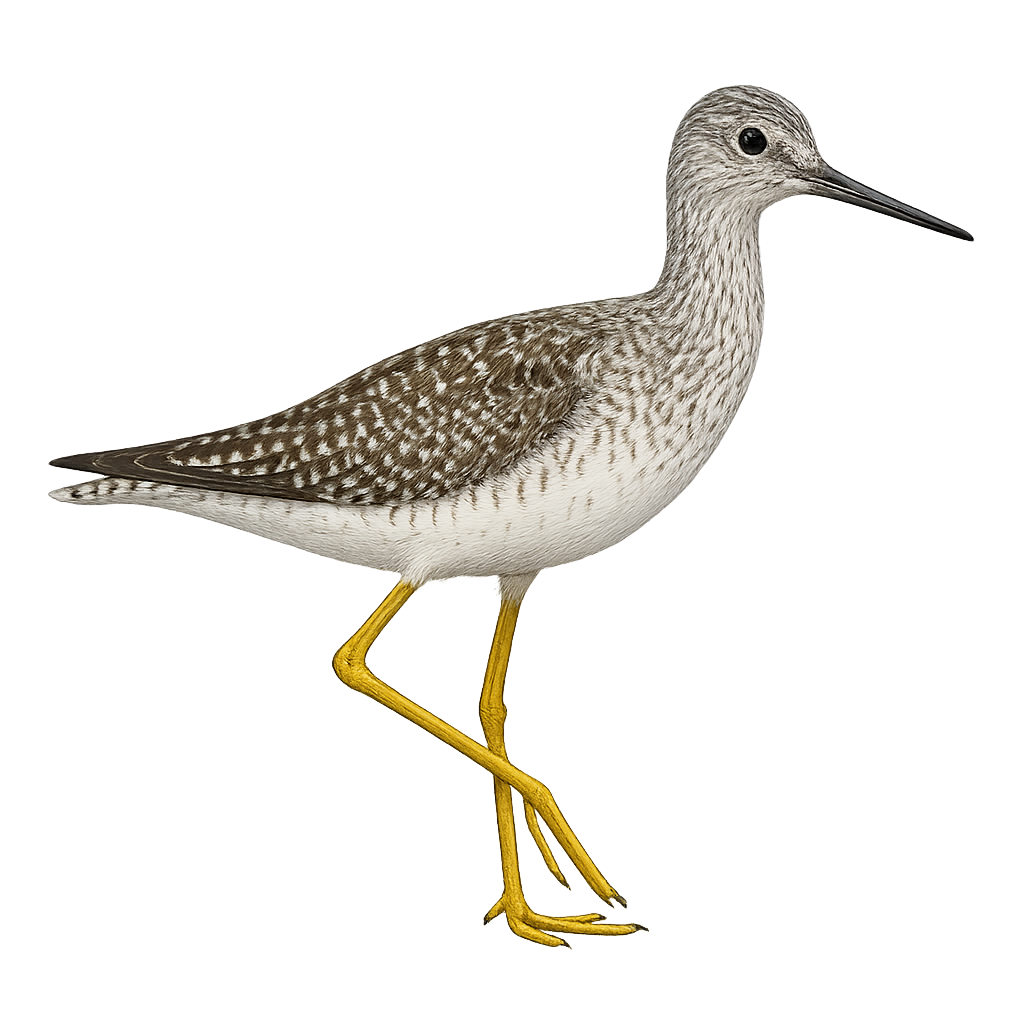Your wildlife photography guide.
Explore the greater yellowleg in detail, study its behavior, prepare your shots.
Where to observe and photograph the greater yellowleg in the wild
Learn where and when to spot the greater yellowleg in the wild, how to identify the species based on distinctive features, and what natural environments it inhabits. The WildlifePhotographer app offers tailored photography tips that reflect the greater yellowleg’s behavior, helping you capture better wildlife images. Explore the full species profile for key information including description, habitat, active periods, and approach techniques.
Greater Yellowlegs
Scientific name: Tringa melanoleuca

IUCN Status: Least Concern
Family: SCOLPACIDAE
Group: Birds
Sensitivity to human approach: Suspicious
Minimum approach distance: 10 m
Courtship display: May to June
Incubation: 22-24 jours
Hatchings: June to July
Habitat:
Marshes, estuaries, muddy shores
Activity period :
Primarily active during the day, with peak activity in the morning and late afternoon.
Identification and description:
The Greater Yellowlegs, Tringa melanoleuca, is a medium-sized shorebird belonging to the Scolopacidae family. It is easily identifiable by its long yellow legs and straight, slender bill. Its plumage is primarily gray-brown with white spots, allowing it to blend effectively into its natural habitat. It is commonly found in wetlands, such as marshes, estuaries, and muddy shores. A migratory bird, it breeds in the northern regions of Canada and Alaska, then migrates south to spend the winter in Central and South America. Its call is a clear, melodious whistle, often heard during the breeding season.
Recommended lens:
400 mm – adjust based on distance, desired framing (portrait or habitat), and approach conditions.
Photography tips:
To photograph the Greater Yellowlegs, it is advisable to use a telephoto lens of at least 400mm to capture detailed images without disturbing the bird. Approach slowly and discreetly, using the surrounding vegetation as cover. The best photos are often taken early in the morning or late in the afternoon when the light is soft and golden. Be patient and wait for the bird to adopt an interesting posture or interact with its environment.
The WildlifePhotographer App is coming soon!
Be the first to explore the best nature spots, track rutting seasons, log your observations, and observe more wildlife.
Already 1 432 wildlife lovers subscribed worldwide

